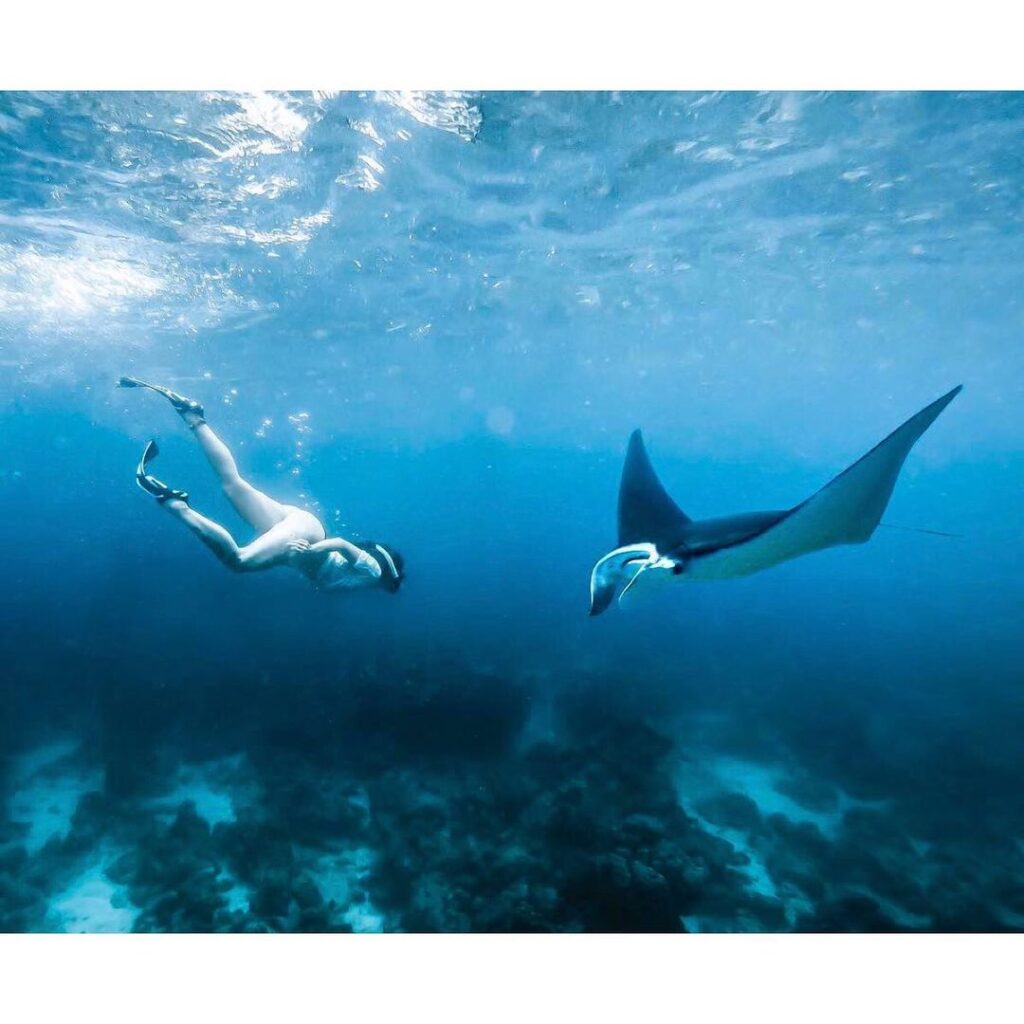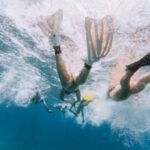Bali, Indonesia, situates the beautiful island of Nusa Penida. Its clear turquoise waters and rich marine life are well known. Experiencing the underwater world and encountering rare species that cannot be found elsewhere is a unique opportunity offered by snorkeling in Nusa Penida. That makes Nusa Penida one of the best snorkeling in Indonesia. This article will explore some rare species you may encounter while snorkeling in Nusa Penida.
The Underwater World of Nusa Penida
Nusa Penida is one of the best places for snorkeling in Indonesia. The waters around the island are home to a diverse range of marine life, from colorful corals to rare species. The island is in the Coral Triangle, known for its high marine biodiversity. This makes it a popular destination for snorkeling enthusiasts and nature lovers.
The Rare Species in Nusa Penida
Snorkeling in Nusa Penida can offer a unique experience of encountering rare species. Here are some of the rare species you might encounter while snorkeling.
The Mola-Mola or Sunfish
The waters around the island harbour one of the most notable species, the Mola Mola or Oceanic Sunfish. The biggest bony fish ever recorded is the Mola Mola, which can weigh up to 2,200 pounds. They are also one of the sea’s most bizarre creatures, with a flattened body, long dorsal fin, and rough skin covered in mucus. You can see them in Nusa Penida from July to September.
The Hawksbill Turtle
The Hawksbill Turtle is another rare species that you can encounter in Nusa Penida. These turtles, which are critically endangered, are identified by their pointed beak and two pairs of scales on their head. People often see them swimming near coral reefs, and they are a sight to behold.
The Manta Ray
Another rare species you might encounter while snorkeling in Nusa Penida is the Manta Ray. They use their distinctive wing-like fins to glide through the water and grow up to 7 meters wide, making these graceful creatures stand out. Nusa Penida is one of the few places in the world where you can see the Reef Manta Ray and the Giant Manta Ray. These gentle giants are filter feeders and feed on plankton, making them harmless to humans. Small fish often clean the manta rays that are often seen around Nusa Penida’s famous Manta Point.

The Napoleon Wrasse
The Napoleon Wrasse, a large and rare species, can be found at Nusa Penida. These colorful fish can grow up to 2 meters long and are known for their distinctive, hump-like forehead. They are also one of the longest-living fish in the world, with some individuals living for up to 30 years. Overfishing has endangered Napoleon Wrasse, making it a rare and special experience to encounter while snorkeling in Nusa Penida.
The Pygmy Seahorse
Watch for the Pygmy Seahorse to see some of the smaller, more delicate creatures that call Nusa Penida’s waters home. These tiny creatures are only a few millimeters long and are incredibly difficult to spot. Their color and shape help them blend in perfectly as they often hide among the branches of coral. Pygmy Seahorses are unique in that they only live on certain species of coral, making them very rare and difficult to find.
The Importance of Snorkeling Ethically in Nusa Penida
While encountering rare species can be a thrilling experience, it is important to snorkel ethically and not disturb marine life. Snorkelers should avoid touching or feeding marine animals, which can harm them and disrupt their natural behavior.
Choosing responsible tour operators who prioritize the well-being of marine life is also important. These operators should not use anchors that can damage the coral reefs and should educate their guests about the importance of conservation.
